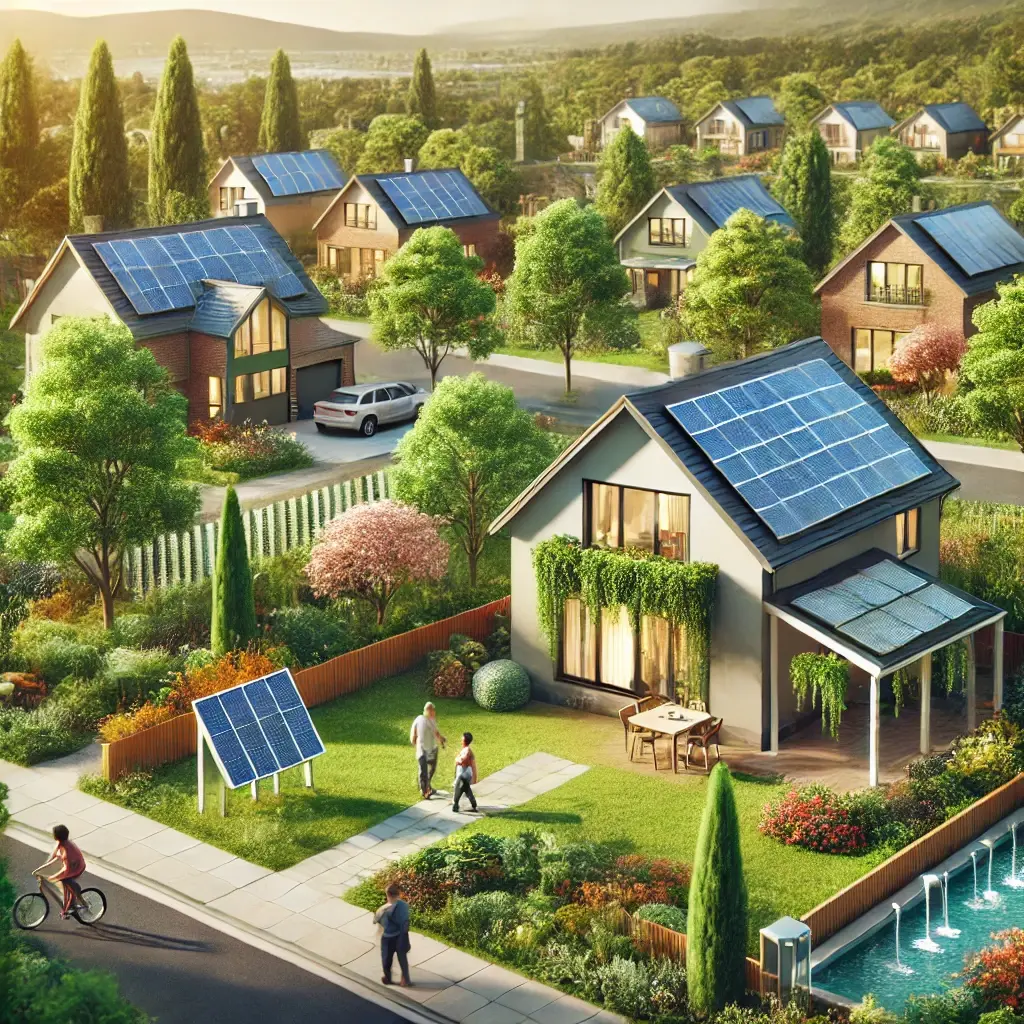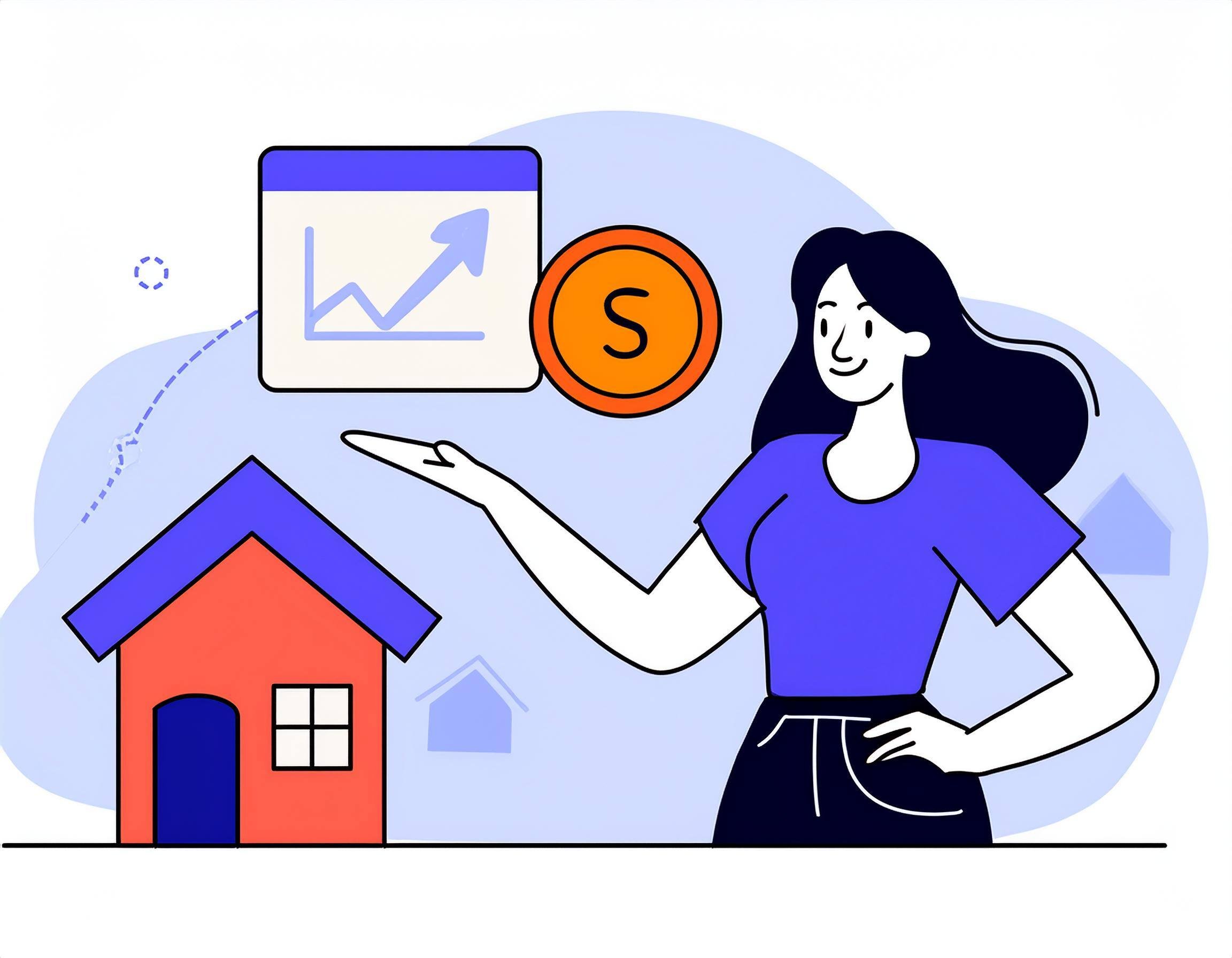How Climate Risk is Reshaping Home Values and Insurance Costs
Read Time 4 mins | Written by: Henge Team

The American dream of homeownership is under threat — not from a housing market crash or economic downturn, but from an invisible force reshaping real estate as we know it: climate change. A recent opinion piece in The New York Times highlights a growing crisis — one that is already hitting homeowners in climate-vulnerable areas hard. Rising insurance costs, driven by increasingly severe natural disasters, are pricing people out, while property values in at-risk regions are beginning to crumble. (Read the full NYT article here).
The Insurance Exodus: Why Your Home Might Be Uninsurable
For decades, homeowners assumed insurance would always be available as a safety net. But that assumption is unraveling. Major insurance providers are pulling out of high-risk states like California and Florida, leaving homeowners scrambling for coverage. Even when insurance is available, it’s becoming prohibitively expensive. A report by First Street Foundation estimates that by 2055, home values across the U.S. could drop by a staggering $1.47 trillion due to rising insurance premiums and climate-related risk factors.
Here’s why this is happening:
-
Wildfires, hurricanes, and flooding are occurring more frequently and with greater intensity, forcing insurers to pay out massive claims.
-
Reinsurance rates (the cost insurers pay to protect themselves) are skyrocketing, meaning those costs get passed down to homeowners.
-
State-backed insurance plans, like California’s FAIR Plan, were meant to be a last resort but are now seeing surging demand, putting even those stopgaps under pressure.
Start protecting your property today with Henge
The Ripple Effect on Home Values
Home values are intrinsically tied to the cost of ownership. If insurance rates double — or disappear entirely—fewer buyers can afford to purchase in high-risk areas. That leads to declining property values, making it even harder for current homeowners to sell when they need to move. Some key takeaways from recent market analysis include:
-
Florida’s coastal properties are already seeing price stagnation as buyers factor in soaring flood insurance costs.
-
California’s wildfire-prone areas have seen insurance premiums increase by 300%+ in some cases, making homeownership untenable for many.
-
The Midwest and Northern states, with fewer climate threats, are seeing a relative increase in demand as climate migration reshapes where Americans want to live.
Find out how Henge Property can help
How Climate Migration is Redefining Real Estate Trends
One of the biggest emerging trends in real estate is climate migration — the gradual but accelerating shift of populations away from high-risk areas toward safer regions. Over the next few decades, we are likely to see:
-
Increased demand for homes in inland states like Colorado, Minnesota, and parts of the Northeast, where extreme weather risks are lower.
-
Declining investment in coastal areas and wildfire-prone regions, making new development riskier and less financially viable.
-
Government and industry-led adaptation efforts, including improved infrastructure, more resilient building codes, and large-scale climate mitigation strategies.
Take action today — assess your property’s climate risk in seconds with Henge
What Homeowners Can Do Now
If you own property in an at-risk region, it’s time to take action:
-
Upgrade your home’s resilience. Fire-resistant roofing, flood barriers, and smart water management can help reduce risk (and sometimes lower premiums).
-
Look into community-level adaptation. Neighborhoods that invest in sea walls, firebreaks, or improved drainage can maintain property values longer.
-
Monitor insurance trends. If your provider is pulling out, explore backup options before your policy expires.
-
Consider climate risk when buying. If you’re in the market for a home, factor in long-term climate risk — not just what the property looks like today.
-
Push for policy changes. Advocating for stronger climate adaptation policies at the state and federal level can help mitigate risks and stabilize insurance markets.
Secure your home’s future — get started with Henge now
The Role of Technology in Mitigating Climate Risks
New technology is helping homeowners and investors make smarter decisions in the face of climate change. AI-powered climate risk assessment tools are becoming more sophisticated, allowing buyers to evaluate properties based on projected risks decades into the future. Additionally, advancements in sustainable building materials and energy-efficient home designs are making it easier to create resilient communities that can withstand climate threats.
Henge is leading the way — start here.
The Future of Homeownership in a Climate-Challenged World
The hard truth? Homeownership isn’t just about location, location, location anymore — it’s about location, risk, and resilience. If the financial backbone of homeownership (insurance and resale value) is eroding in certain places, it’s time for buyers, sellers, and policymakers to rethink how we approach real estate in the 21st century.
At Henge Property, we’re tracking these shifts closely, providing tools and insights to help homeowners navigate an uncertain future. If you’re looking for ways to safeguard your investment, sign up with Henge for free. Climate-resilient homeownership isn’t just a buzzword — it’s the new reality.
Take the first step today — protect your home value for free with Henge.

